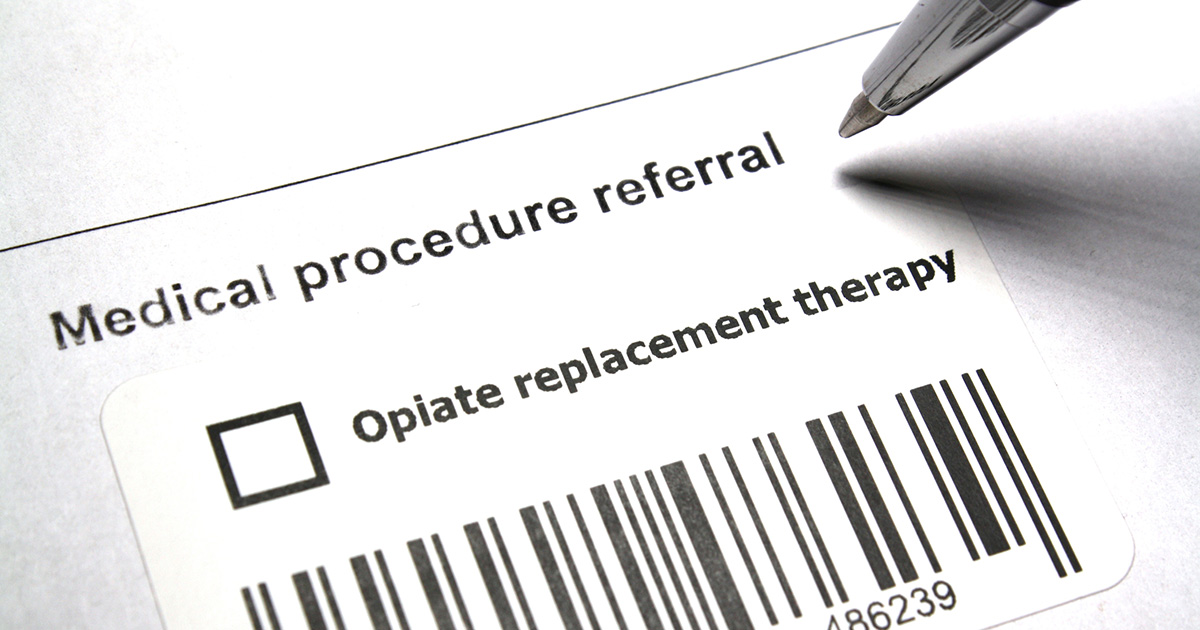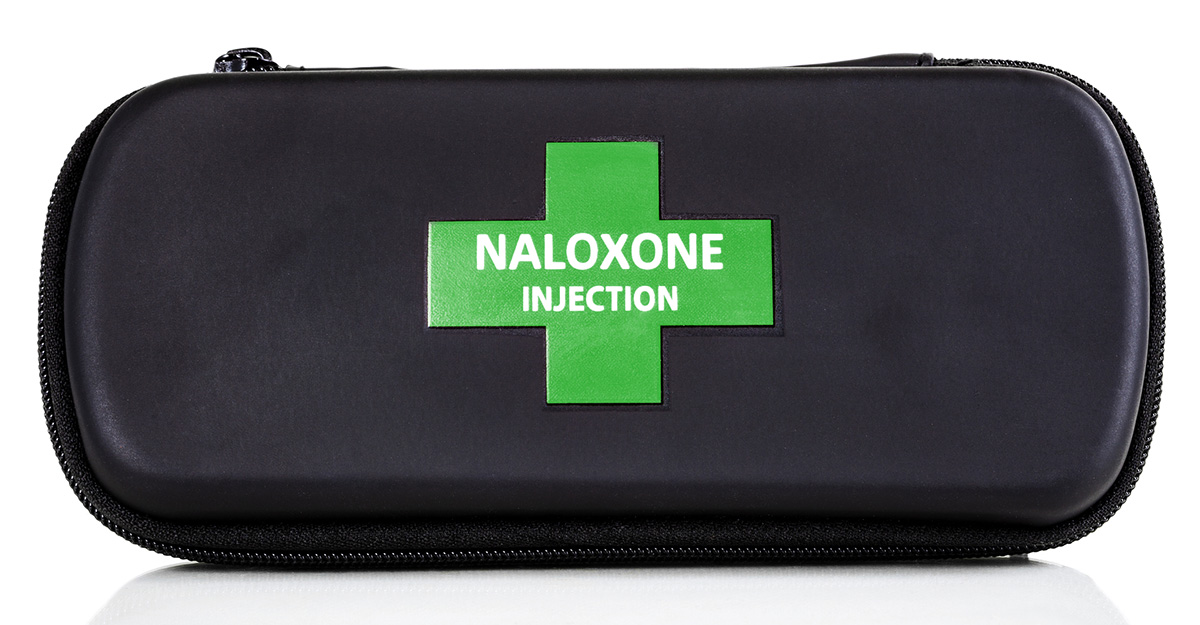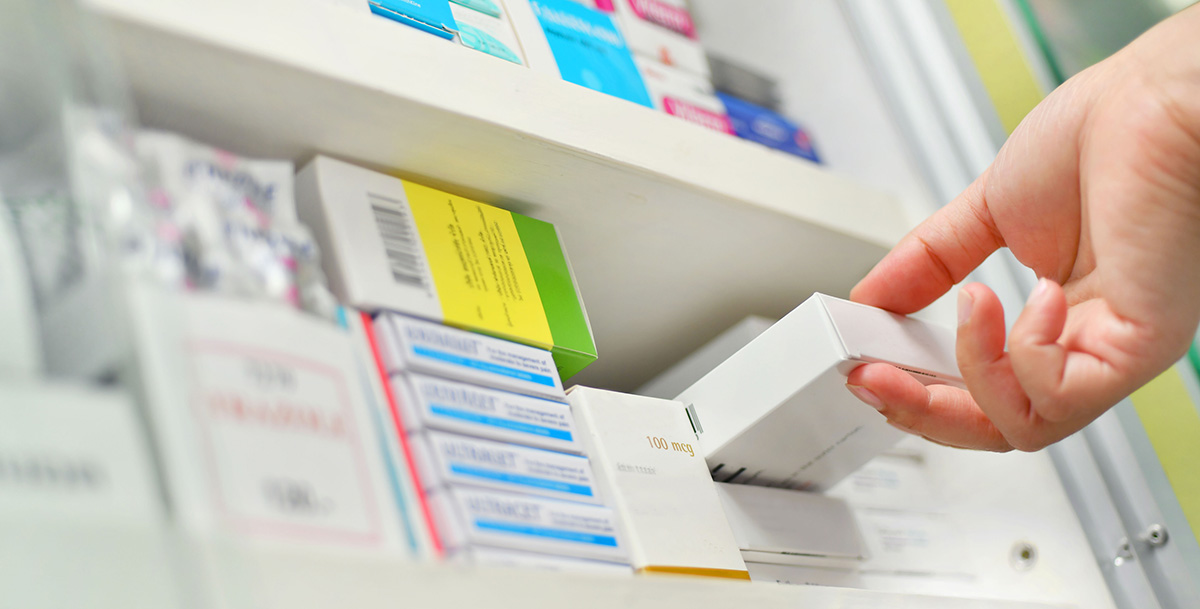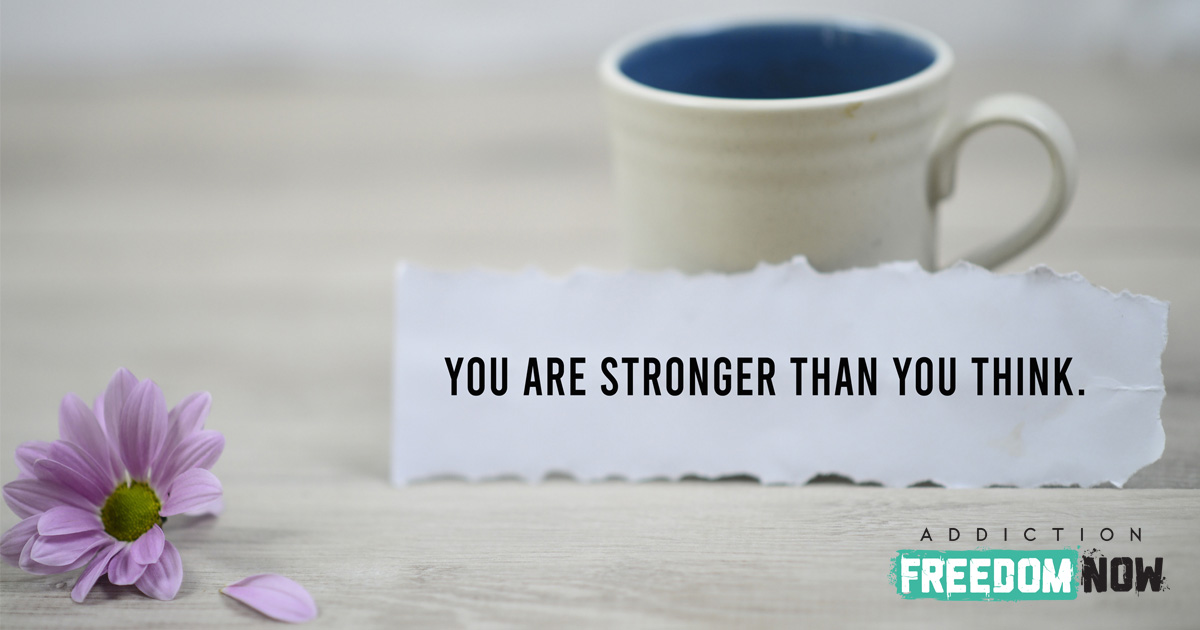In the addiction recovery world, sometimes abstaining fully (aka “going cold turkey”) from an addictive substance (particularly alcohol and opioids) is not the best option. In many cases, people have symptoms associated with withdrawal or detoxification from a substance and have relapsed, been hurt physically, or even perished from the effects.
To prevent this, in many cases, Medical Assisted Treatments/Therapies (MATs) is a promising option to consider under the close care of a medical doctor. Let’s explore what MATs are and how MATs can improve health outcomes for anyone struggling with addiction.
What Is a Medical/Medication Assisted Therapy/Treatment?
Though it goes by different terminology, the methodology is still the same among medical professionals in the addiction recovery field. MATs are any type of medications prescribed by a licensed doctor to aid or ease the symptoms associated with detoxification (“detox”) or withdrawal. While the medications on their own can help aid the physical and psychological cravings that come with substance use disorder (SUD), it should be noted that it should also be coupled with mental health counseling and monitoring for maximum efficacy. [citation #1]
Medications Used in MATs

The different types of medications approved by the Food and Drug Administration (FDA) are buprenorphine and methadone for opioid use disorder (OUD) and acamprosate, and disulfiram are for alcohol use disorder (AUD); naltrexone is the only medication that can be used to treat both OUD and AUD.
- Considered by the World Health Organization to be an “essential” medication, this is an opioid used to treat the effects of more harsh, unregulated opioids. It can also be used to treat both acute and chronic pain. Buprenorphine can be injected, administered sublingually (under the tongue), in the cheek (buccally), as an implant, or as a transdermal skin patch.
- When this medication is also used for pain management and for the assistance of those with SUD, it is considered an agonist or, in other words, a medication that mimics the psychological and physiological responses in the brain. This does not, however, mean that methadone causes a “high” or intoxicated feeling associated with opioid use. In fact, it acts as a block or blunting tool to combat the impacts of opioids. Methadone can be taken orally in powder, liquid, or as a “diskette.” Only SAMHSA-accredited and certified treatment programs (OTP) can administer methadone as a MAT. [citation #2]
- Unlike the other two options for MAT for OUD, naltrexone is also used to treat AUD. This medication can be administered intramuscularly or orally but primarily is used as an extended-release injection for opioid users while alcohol-dependent patients receive the pill form.
- This medication is used, along with counseling services, as a way for people with AUD to cope with not drinking. Because alcohol consumption in large quantities over a period of time (alcoholism) can change the function of the brain, acamprosate helps heal or provide better function for the brain post-alcoholism. Using acamprosate does not make the patient sick if they do ingest alcohol while on the medication, so counseling is essential with the administration of the medication to help lessen the risk of relapse in the patient.
- Disulfiram, unlike acamprosate, causes undesirable side effects in those who drink even a little bit of alcohol. The effects can appear within 10 minutes after alcohol is ingested and last for an hour or possibly longer. The effects include headache, nausea, vomiting, weakness, confusion, choking/difficulty breathing, and/or anxiety. Because of the high sensitivity of this drug when mixed with alcohol consumption, a user of this medication should take care not to ingest alcohol in any of its forms, even when in foods or in some cough syrups. While not a “cure” for alcoholism, it is a deterrent.
Naloxone

Naloxone is an OUD medication that is an opioid antagonist and can reverse the effects of an overdose very quickly. A more common name for it is called “Narcan,” and it can be administered in an intramuscular/subdermal/intravenous injection or used as a spray discharged into the nasal cavity. This should only be administered to people who you suspect have overdosed on opioids. [citation #3] While anyone is going through recovery, loved ones and the recovering person should have Naloxone on their person and know how to administer it.
Those Eligible (or Those Who Should) Consider Naloxone for Emergencies
- People who take larger doses of prescription opioids for management of pain over a long period of time.
- Persons who have a rotating opioid medication treatment regimen – this is the process by which a doctor switches/changes the type of opioid administered to patient to increase efficacy and manage chronic pain. This is also used to increase the response of the person to the opioid by avoiding the patient building a tolerance to one opioid medication.
- People who have abstained from opioids (especially while incarcerated) use the same “dosage” as before their period of abstinence.
- Have suffered from an opioid overdose or poisoning recently and have been discharged from the emergency room or other emergency medical care facility.
- Those who take opioid medication with time-release or long-acting properties.
- Symptoms to Look for With an Opioid Overdose [H4]
- Nausea/vomiting
- Pale/pallid skin tone
- Dilated or small pupils
- Unconsciousness
- Unable to speak or verbalize coherently
- Faint heart rate/beat
- Limp extremities (arms, legs, etc.)
- Purple or blue lips and fingernail beds, which indicates lack of oxygen intake
- Shallow breathing
Statistics of Opioids and MATs
While MAT is certainly an option for those with AUD (especially severe cases), MAT is generally used by medical professionals to treat OUD. MAT decreases opioid use, but unfortunately, it is not widely used in several treatment programs.
With over 28,000 opioid deaths in 2014 alone and 2.5 million Americans suffering from OUD, it is perplexing to those with knowledge of MAT’s efficacy exactly why it is so underutilized. The reason is simple for MAT hesitancy, however: people have erroneous preconceived notions of the use of medications to combat SUD.
Myths of MATs
The most common myth associated with those who hear about MATs, especially when it comes to medications such as methadone and buprenorphine, is that it is a “cross addiction” substance. “Cross addiction” is when a person substitutes one addictive substance for another. [citation #4] Under the right care plan, dosage, and when the patient adheres to the care plan, the risk of overdosing on any of these substances is low to nothing – in fact, the dosage is specifically formulated to not achieve a “high” even in MAT pharmaceuticals with opioids in them.
“What is the main goal of MAT?” It might be because they doubt the efficacy of using pharmacological elements to treat what is considered a pharmacological problem (especially in cases of substance abuse with prescription drugs such as OxyContin or Hydrocodone). The main goal of MAT is the same as any recovery program goal – to safely and effectively achieve abstinence from the “drug of choice” of the patient while also lowering the likelihood of relapse.
Another goal specifically attributed to MATs is to reduce opioid cravings with pharmacological options as well as letting said medications heal the neurons/synapses in the brain which have been damaged by drug use over time. In no way, shape, or form, if administered and monitored properly, is MAT ever a hindrance or a danger to someone’s sobriety or ability to achieve sobriety.

Efficacy of MATs
Many drugs require medication assistance to help with withdrawal symptoms, especially “harder” drugs such as heroin. “What is the effectiveness of MAT?” you might wonder, which is a fair question to posit considering the low numbers of people who have had it administered to them despite FDA, SAMHSA, and WHO approval.
The proof, as they say, is in the statistics. According to the National Institute on Drug Abuse, “MAT decreases opioid use, opioid-related deaths, criminal activity, and infectious disease transmission. After buprenorphine became available in Baltimore, heroin overdose deaths decreased 37% during the study period, which ended in 2009.” [citation 5]
According to SAMHSA, the MAT “approach has been shown to improve patient survival, increase retention in treatment, decrease illicit opiate use and other criminal activity among people with substance use disorders, increase patients’ ability to gain and maintain employment, and improve birth outcomes among women who have substance use disorders and are pregnant.”
SAMHSA further states that, through their research, they have found MAT pharmaceuticals combined with therapies can lessen a person’s overall risk of contracting HIV or hepatitis C. The MATs themselves do not combat these diseases but rather reduce the potentiality for a relapse, which increases the risk of contracting through use of intravenous needles.
What Are the Benefits of Medication Assisted Therapy?
Whenever there are medications involved, people are often hesitant to use them or explore the therapy more.
We’ve explored the myths and the statistics in terms of success rates in MAT, but for the more practical aspect, here’s a list of everyday benefits for MAT:
- Lessened withdrawal symptoms
- Ease of rejoining everyday life
- Easier tapering effect
- Regaining higher brain function/memory
- Reduction in recidivism (criminal activity and thereby incarceration)
- Eradicates fear of overdose deaths
- Less drop-out in rehab programs
- Lowered risk of infectious disease (needle sharing)
- Affordable option with very little overhead (compared to supporting an addiction)
- Can be outpatient with certain cases
Is MAT Right for Me or My Loved One?
Medication-assisted treatment (MAT) is a combination of counseling and prescription drugs that can ease side effects and withdrawal symptoms associated with substance use disorder (SUD). Any effective program should be combined with mental health counseling and monitoring. Only you and your provider can determine if MAT is right for you. We believe in medication assisted treatment as we have seen how well MAT programs work with the harm reduction model of medical care by empowering individuals with the tools necessary to sustain recovery.
Reach out to us anytime to learn more about our MAT outpatient program in Scottsdale, AZ.




